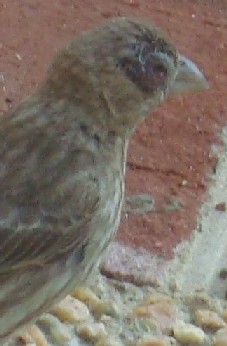The next regular meeting of the board of directors will be held on Tuesday, August 4, 2009, 6:30 pm, at the home of Barbara and Alan Strain, 1635 Hubbard Court.
All members of the Mosby Mountain Community Association are welcomed to attend the board meeting and to share your ideas, suggestions and concerns.
AGENDA
1. Welcome and introductions
2. Adoption of agenda
3. Approval of May 5, 2009, board meeting minutes (see below)
4. Financial statements
5. Follow up to June 2 membership meeting (see minutes below)
6. Committee appointments
7. Common Areas Committee report
8. Architectural Review Board report
9. Neighborhood Watch Committee report
10. Community Relations Committee
11. Preliminary planning for 2010 budget
12. Planning for 2010 board and officer elections
13. Issues related to dogs, Traffic
14. Comments on items not on the agenda
15. Next board meeting: Tuesday, September 1, 6:30 p.m. Location to be determined
16. Adjournment
Board members:
Barbara Strain, President, 1635 Hubbard Court, 296-5523, bas3a@virginia.edu
Kristin M. Beitz, Vice President, 1737 Mattox Court, 295-3598, KMBeitz@liberty.edu
Jim Peterson, Secretary/Treasurer, 1969 Ridgetop Drive, 971-9838, jimp@vidoprovirginia.com
Michael Hightower, Director, 1957 Ridgetop Drive, 963-4578, mjh6w@cms.mail.virginia.edu
Brian Roy, Director, 1647 Hubbard Court, 984-2567, Brian@chapmanroy.com
Todd Jenkins, Director, 1749 Mattox Court, 296-7761, todd.jenkins@dominiontrustmortgage.com
Matthew R. Althoff, Director, 1372 Singleton Lane, 963-9116, althoffm@gmail.com
